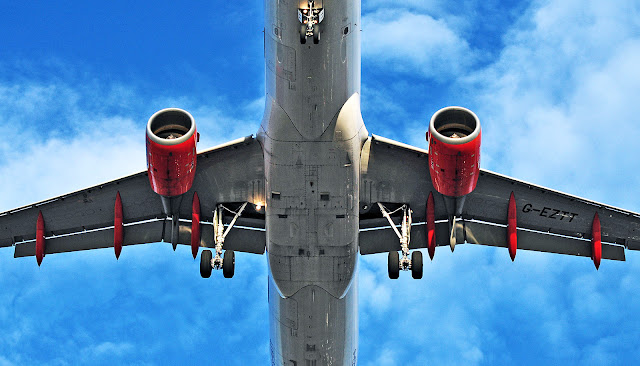4th International Conference on Innovative and Smart Materials
November 19-20, 2018
Venue: The Hyatt Regency, Osaka, Japan
Conference Link
Brochure Link
Abstract submission link
Registration Link
Improving fuel efficiency has the potential to cut the cost of flying. The materials, which could also reduce aeroplane noise over residential areas, have additional applications in a variety of other industries.
“What excites me is that we have just scratched the surface of something new that could not only open a completely new field of scientific research but also enable new technologies,” says Ibrahim Karaman, head of the materials science and engineering department at Texas A&M University.
SHAPESHIFTING METAL
The discovery is based on bringing together two relatively new areas of materials science involving metal alloys, or metals composed of two or more elements.
The first area involves shape-memory alloys, “smart” materials that can switch from one shape to another with specific triggers, in this case, temperature. Picture a straight metal rod that is bent into a corkscrew. By changing the temperature, the corkscrew turns back into a rod and vice versa.
CUTTING NOISE POLLUTION
Another important potential application of HTSMAs is the reduction of noise from aeroplanes as they come into an airport. Planes with larger exhaust nozzles are quieter but less efficient in the air. HTSMAs could automatically change the size of the core exhaust nozzle depending on whether the plane is in flight or is landing.
Such a change, which the temperatures associated with these modes of operation trigger, could allow both more efficient operation while in the air and quieter conditions at touchdown.
To that end, future work includes trying to understand what is happening at the atomic scale by conducting computer simulations. The researchers also aim to explore ways to improve the materials’ properties even further

Comments
Post a Comment